
Ten years after it first put food waste on the industry agenda, the Courtauld Commitment yesterday delivered what the latest judgement on industry efforts to reduce waste.
The figures released by the strategy’s long-term overseers, Wrap, were, at last, a chance for some positive headlines on food waste.
After alarmingly going into reverse gear in the first year of Courtauld 3, the industry has turned things around and beaten its target of reducing grocery ingredient, product and packaging waste by 3% from the 2012 baseline.
The reduction is a figure of some 80,000 tonnes. And there was a further positive, with Wrap revealing the amount of food being redistributed to charities had increased by three-quarters since 2012. The figure currently stands at about 20,000 tonnes.
The third bit of good news was a BRC report, brought out to coincide with Courtauld, showing supermarkets reduced their contribution to food waste by 10% in 2014.
But nobody should be getting too carried away here. To put things into context, the Courtauld 3 figures show the waste produced in the manufacturing and retail operations of participants, after the 80,000-tonne reduction, stands at an estimated 2.4 million tonnes, much of it food that would be fit for human consumption.
And while it may technically be true, the BRC is on slightly dodgy ground when it stresses, not for the first time, the overall small part that supermarket waste contributes to the picture. Even after the efforts in 2014, 180,000 tonnes of food was wasted last year, just from the top seven supermarkets.
Clearly supermarkets have far more to do to tackle food waste, despite these welcome signs of progress. But that goes even more so for the wider supply chain, of which retailers and their practices are such a pivotal part.
This is why it is so important that Wrap’s plans for a new collaborative agreement live up to their billing and cut through the vast amount of politics, vested interests and lack of leadership that made Courtauld such a challenging process.
As The Grocer revealed last year, Courtauld 2025 will tear up the format of the past decade’s approach to tackling waste. Instead of specific targets for individual stages and sectors within the product cycle – divided between household food waste, supply chain waste and waste from packaging – the aim is to take a holistic approach to the full life-cycle impact of products.
It also aims to put a much stronger emphasis on tackling food waste which, while not seeking to belittle the other elements Courtauld has tackled, is surely the one area people care about most.
Let’s hope the new system brings a new age of collaboration from retailers, suppliers and governments alike.
There is no question Courtauld has shown the industry can achieve huge strides through combined target setting, rather than regulation – Health Secretary, take note.
But there is still too little transparency. Why, for example, don’t all supermarkets reveal their levels of food waste, as Tesco does?
There is too much of the industry patting itself on the back – of the soundbites offered by Wrap from signatories yesterday, only one retailer or supplier mentioned anything but their own achievements.
Finally, there is still too much of a tendency to blame the public. When the final results of Courtauld 3 come out next year, no doubt there will be more evidence to show that it is at household level that the vast majority of food waste occurs.
Yet it is at industry level, from the bottom to the top, where the systemic change can be made.







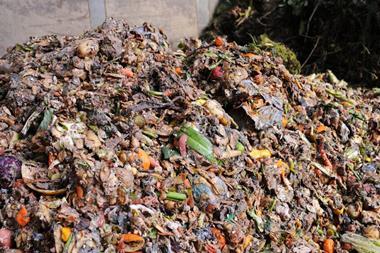



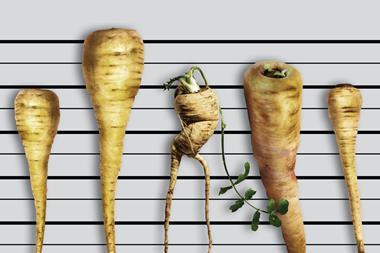
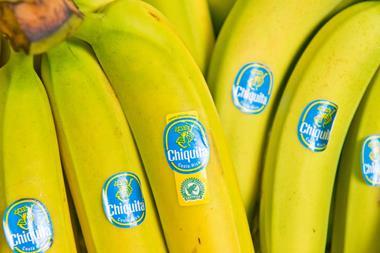
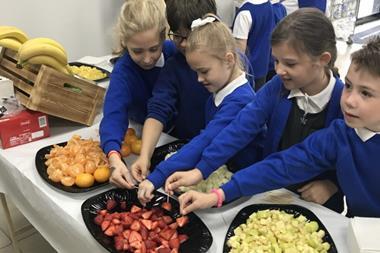

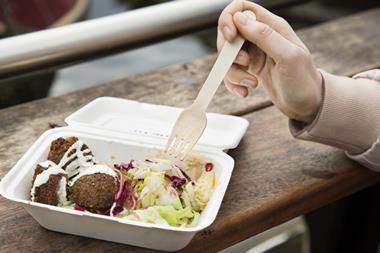
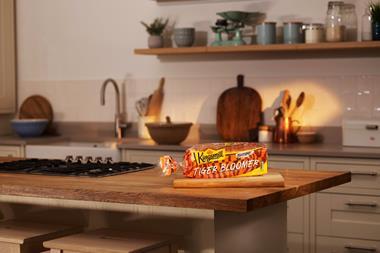

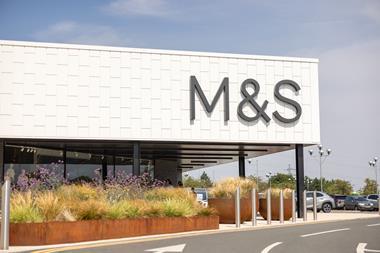
No comments yet